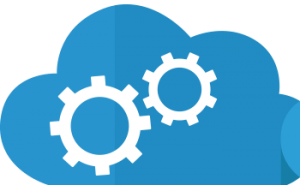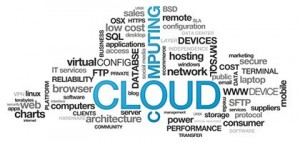 ALE, a global provider of communications solutions and services operating under the Alcatel-Lucent Enterprise, announced the results of research conducted in collaboration with TPNET and focused on the adoption of managed services in the Network On Demand within companies and various market sectors.
ALE, a global provider of communications solutions and services operating under the Alcatel-Lucent Enterprise, announced the results of research conducted in collaboration with TPNET and focused on the adoption of managed services in the Network On Demand within companies and various market sectors.
The study, titled “Network On Demand: The future for network infrastructure companies,” shows that the most popular services are the maintenance and support infrastructure (21.4%), managed services for network infrastructure (17.9%), data storage (17.9%), printers (14.3%), security (10.7%), the server (7.1%) and cloud voice communication (7%).
The research fits perfectly in the results of a recent study by IDC, which states that by 2020, 80% of enterprise network infrastructure will be provided with a pay-per-use model. The main advantages of this model are given by both the reduction or even the cancellation of investments related to the equipment, either by the possibility of having a network managed by a team of experts able to cope with an environment whose complexity is constantly evolving.
With managed services, companies use only what they need by paying for what they use, and it allows to have a flexible structure that responds to network and connectivity needs. According to ZK Research, multinationals, and large enterprises on average require more than 30 software updates for their network infrastructure, making management a real challenge.
Nearly 65% of enterprises use their own staff for management and maintenance of network infrastructure, while 20.7% use external suppliers. Less than 5% said they have an external contract, which also includes the complete management of network services.
The research also shows that 40% of respondents recognized the cost as one of the main benefits of managed services; 35% said that the greatest benefit is the ability to improve the network without having to invest in the new budget. One in four has then recognized as a convenience free updates on hardware and software.
Finally, about 18% think that the most significant advantage is the reduction of its commitment to IT network management, as well as the flexibility to apply network resource when required.
DedicatedSolutions provides the high performance hosting infrastructure behind diverse organizations in various countries worldwide. DedicatedSolutions offers a wide range of quality hosting products, all designed to give you the very best possible conditions to host your site or to run your business. From a simple Webserver up to complex enterprise solutions such as Database Clusters, Terminal Server, and Communication Software – DedicatedSolutions got you covered!
 Technological tools dimensional that can create new experiences, showing intelligence levels not seen to date, and provide quick connection with new business ecosystems platforms are the three technology trends that Gartner identifies in its
Technological tools dimensional that can create new experiences, showing intelligence levels not seen to date, and provide quick connection with new business ecosystems platforms are the three technology trends that Gartner identifies in its  The cloud will take more and more space in IT spending and business needs in the matter will be complicated, opening the way to PaaS and IaaS. These are the conclusions that could be drawn from two studies published this summer by IDC and Gartner.
The cloud will take more and more space in IT spending and business needs in the matter will be complicated, opening the way to PaaS and IaaS. These are the conclusions that could be drawn from two studies published this summer by IDC and Gartner. DDoS or denial of service attack is an attempt to make the resources of a system unavailable to its users. Virtually all industries are susceptible to this type of attack. DDoS attacks are growing rapidly, and many countries are beginning to create legislation so that they are taken more seriously and treated as a real problem.
DDoS or denial of service attack is an attempt to make the resources of a system unavailable to its users. Virtually all industries are susceptible to this type of attack. DDoS attacks are growing rapidly, and many countries are beginning to create legislation so that they are taken more seriously and treated as a real problem. Billing for cloud technology infrastructure (servers, storage, and Ethernet switching) increased by 3.9% in the first three months of the year to stand at $6.6 billion, while a reduction in demand is observed in the field of the public cloud.
Billing for cloud technology infrastructure (servers, storage, and Ethernet switching) increased by 3.9% in the first three months of the year to stand at $6.6 billion, while a reduction in demand is observed in the field of the public cloud.